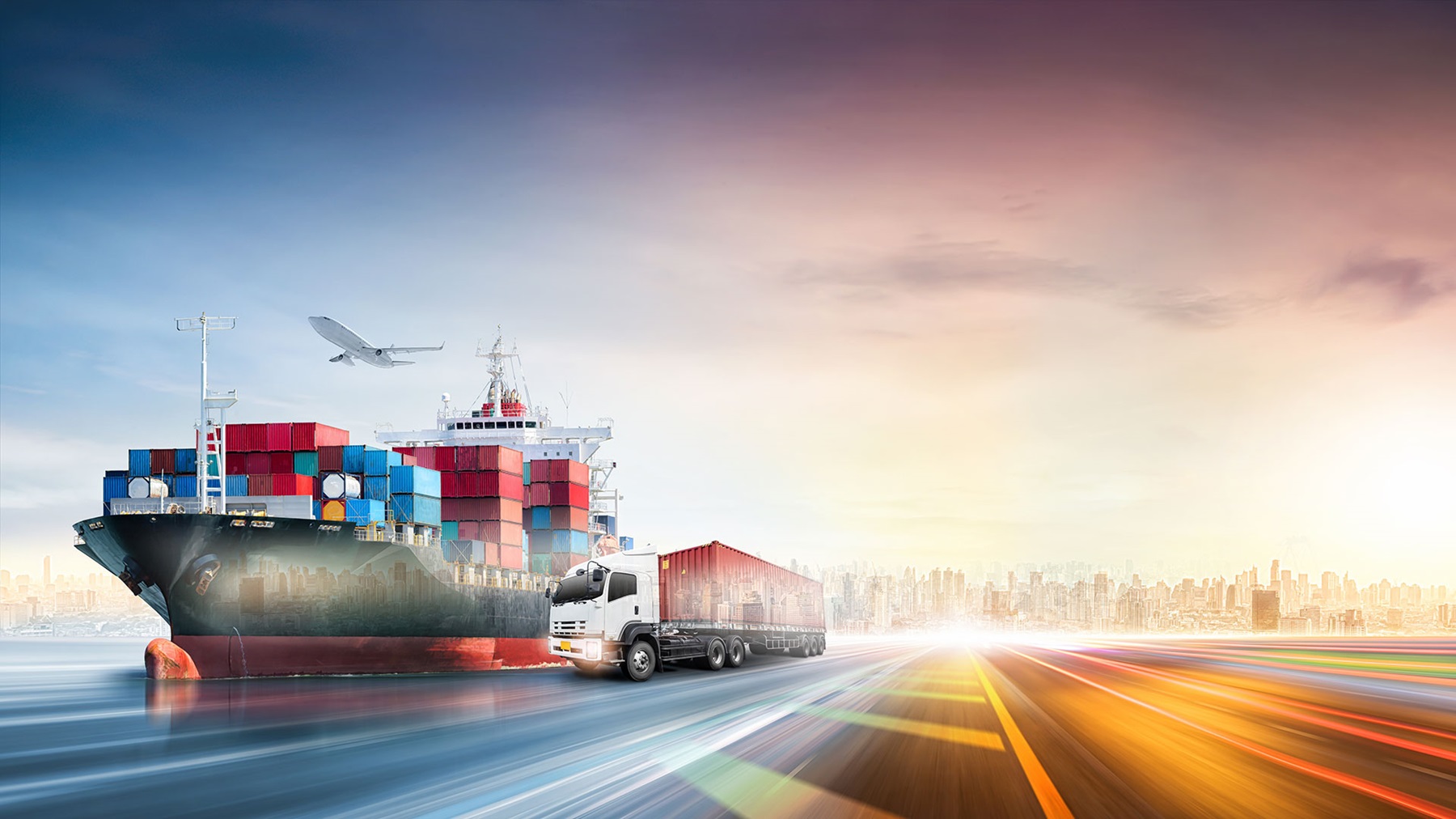Fragmentation, cost of data, and the ongoing need for intermediaries represent significant roadblocks to the widespread adoption of blockchain-based finance in international trade.

Decentralised finance or DeFi has been touted as the future of trade finance space in some quarters. A study published late last year by Grand View Research suggested it would expand by more than 40% between 2022 and 2030, referencing real-time settlement of financial transactions as one of the main drivers of this growth, suggesting it would create new business opportunities for banks and other financial services providers.
DeFi offers the promise of a global ecosystem where trades are less complex and cheaper to execute and where finance is more readily available, particularly to smaller companies.
But the systems and processes behind it retain several limitations that many feel reinforce the need for the intermediaries decentralised finance was designed to bypass.
The first challenge is fundamental – the ability to trace all elements of a trade transaction from beginning to end. All points within the infrastructure need to be onboard with blockchain technology for effective tracing to occur, but some participants are still using paper systems explains Marion Laboure, Senior Strategist at Deutsche Bank research.
“If different companies within the transaction process use different blockchains, this could lead to an isolation of blockchains within their respective ‘silos’ and the reintroduction of another form of reconciliation,” she adds.
Transparency is one of the positive factors highlighted in the Grand View Research study. However, scaling blockchain solutions to trace all the elements of a trade at a granular level depends on the underlying data.
“The challenge to date has been the cost of getting this data, which is enabled by embedding Internet of Things devices,” observes Venkatraman Panchapakesan, Global Product Head within the Global Trade and Receivables Finance Business at HSBC. “The associated costs remain high and consequently the transformation remains incomplete.”
In addition, the trade ecosystem is heavily fragmented and consists of multiple industries which don’t necessarily have a direct relationship or standard means of exchanging information.
According to Ope Olomo, Director of Trade Innovation and Strategic Partnerships at Citi Treasury and Trade Solutions, for blockchain technology to solve this problem of transparency and traceability all ecosystem participants are required to be on the network to submit, receive and record information.
“Many of the industries in the ecosystem are not on blockchain networks and furthermore, the networks that exist today are not interconnected because of lack of interoperability and standardisation,” he says. “The different levels of blockchain knowledge and usage of each of the industry participants is also partially responsible for this, especially with the slow pace of new technology adoption by the public sector.”
Olomo says there is a strong likelihood intermediaries will continue to be required for tasks such as identity and finance checking because of the systemic risk that improper ownership and governance can cause. “While information exchange can be decentralised fully, it will be necessary to make use of intermediaries to help provide governance and risk mitigation,” he adds.
Panchapakesan suggests that some elements of centralisation are beneficial, especially in the interaction between the digital and the physical world.
“Ensuring data feeds can be trusted and identity verified, as well as protecting against systemic risks or dealing with incomplete contracts, will require trusted intermediaries,” he says. “These need not be new actors but can be existing market participants with established frameworks. Banks can leverage the fact they are regulated institutions to act as the ‘trust anchors’ in the system.”
There is even a debate over whether a truly decentralised blockchain system is even possible. A decentralised system may use smart contracts that are fulfilled automatically once certain conditions are met. However, if the smart contract exhibits an error – or the parties wish to renege on the transaction – it is unclear how this can be managed in a system with no centralised authority to enforce it.
“The built-in interconnectedness could lead to a faster transmission of shocks and high potential for cascading failures where there is no central authority to enforce loss limits or halt trading,” says Laboure. “There is also the question of what happens when there are bugs in the underlying code, which are typically difficult to patch in a timely manner due to the permissionless nature of some ledgers.”